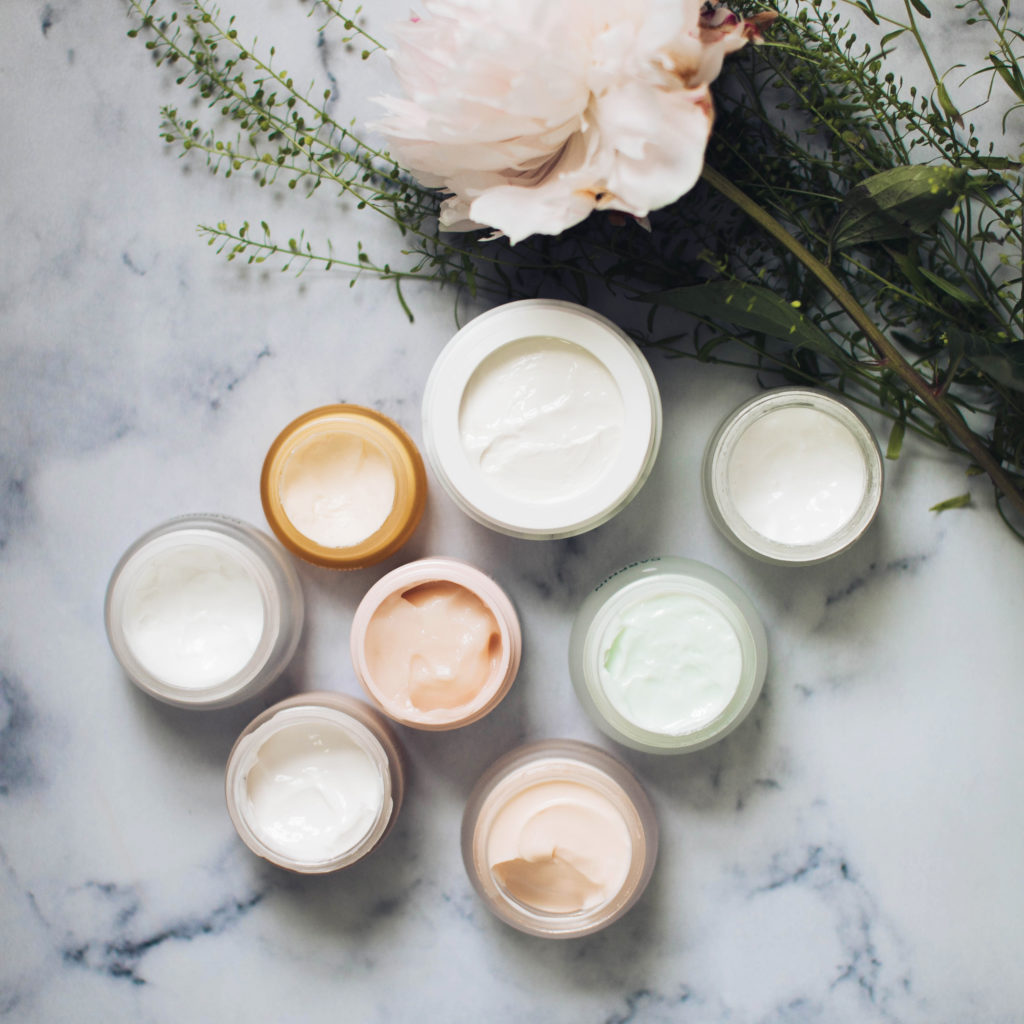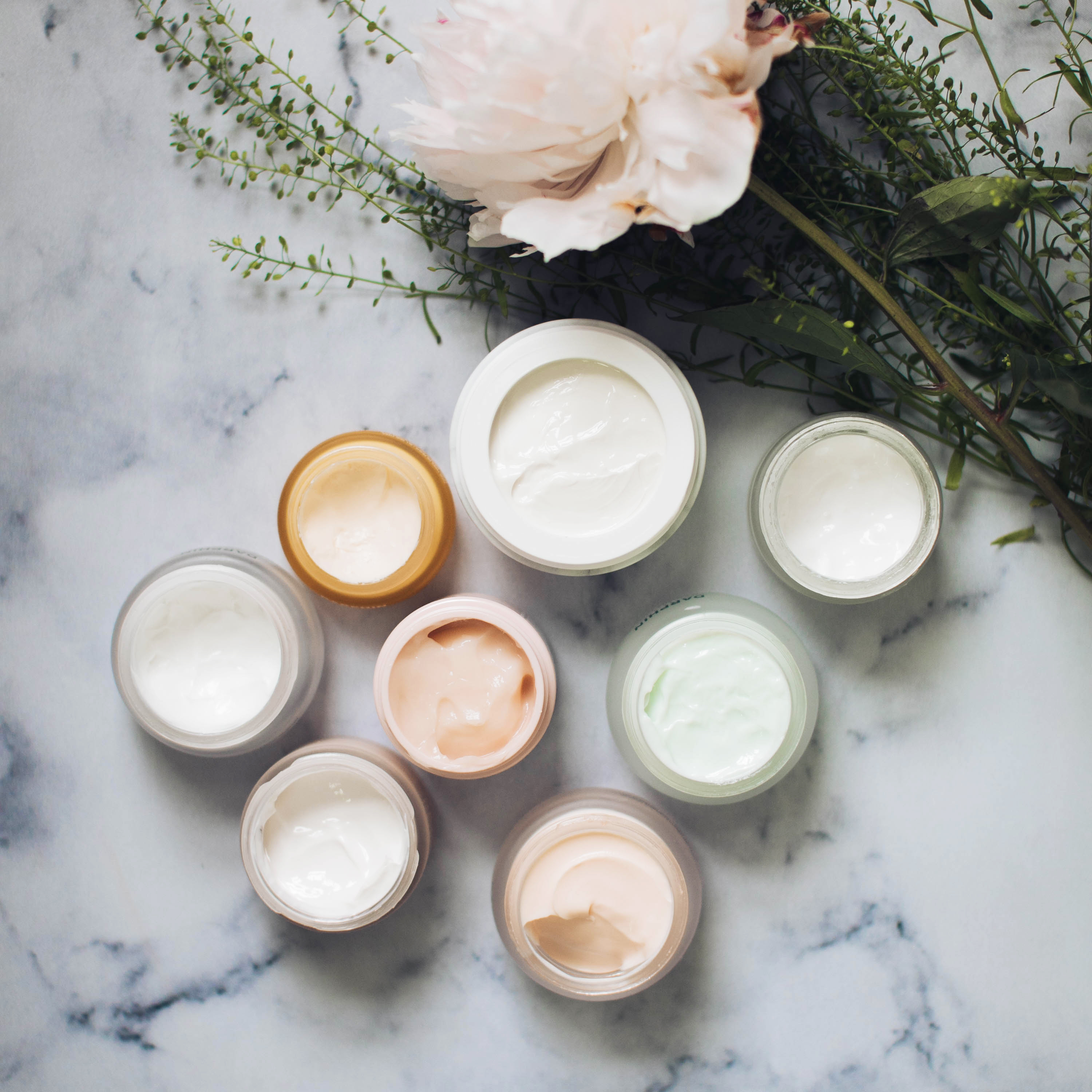Blog
Podcast - Coming Soon
skin care shop
Listen to podcast
Order my latest best selling book!
Order now
new!
Home
About
Books
Shop
Contact
Work with me
Videos
My Little Black Book
Face Trainer Academy
Glow Plan Course
Virtual Consultations
In-Person Appointments
read the blog

I was recently speaking at an even and the question regarding what’s in our skincare cropped up many times, so I thought it helpful to share some of my personal thoughts to help you make your choices when selecting products.
Firstly, let’s talk about the skin. The skin being our largest organ, our outer protector that we often don’t take as much care of as we should. It has so many amazing functions along with the ability to excrete toxins through the pores and also absorb an amount of what we apply to the surface. There is some confusion as to exactly how much it absorbs, it also comes down to the individual product, ingredient and molecule size, we obviously don’t sit in a bath and blow up like a balloon because the skin has soaked up all the water! Some ingredients will sit on the surface and impact on the outer layers, others may absorb further and are intended to, to have an impact deeper down in the dermis to stimulate collagen, hydration, impact on our formation of pigmentation and so many other great benefits. Other ingredients may even have the ability to reach our blood supply. Remember drugs are sometimes administered through the skin in the form of hormone patches and nicotine patches.
Some ingredients are great for the skin others are known to not be its best friend causing, allergies, irritation and breakouts in some people and its not a clear cut case of organic is best, some of my favourite skincare is not totally natural. Some ingredients have been linked to cancers, hormone imbalances and other health issues so it’s good to know a little more about what your applying to your skin, it’s not just the face cream it’s the whole face and body routine.
Or maybe for health reasons, you or a friend might be going through medical treatments or cancer care where its really important to go “clean” while the body is being put through its paces or maybe you react to so many products and your not sure why, getting to know whats in your skincare is going to be helpful.
The INCI labels (list of ingredients) on products are listed in descending order, so those at the top are of the highest concentration usually the first 1-8 are of the big ones while those at the bottom are the smallest.
Here are some key ingredients I personally try to avoid
Parabens
widely used to preserve products and give the longer shelf life we expect, preventing the growth of bacteria, mould and yeast. These ingredients include methylparaben, propylparaben, and butylparaben and have been shown to have hormone mimicking, oestrogen-like properties. However, the FDA allows their use at very low levels in cosmetics ( 01 to .3 percent) in cosmetics. There was a huge scare a number of years ago with their connection to breast cancer, however more recent research has relaxed, and they are not to be scared of. Parabens are found naturally within nature and its better for a product to be safe than go off. So not as scary as first thought however my personal choice is if a brand has gone through the effort to formulate without parabens this gives me an indication of their ethos on ingredients.
Sodium lauryl sulphate (SLS) / Sodium laureth sulphate (SLES)
When a product foams with big glossy bubbles that lather its most probably the result of these particular surfactants creating them, they are found in 90 percent of personal care and cleaning products where a foaming action is required as it cuts through oil. They are known as skin, lung, and eye irritants, for me they are drying and irritating. They are often thought of as a potential cancer risk, although this is not fully proven. A bigger concern is its potential to interact and combine with other chemical ingredients to form nitrosamines, a carcinogen. There are so many other alternatives derived from natural source that give just as good if not a better result and feel on the skin.
Petroleum/Mineral Oil/Paraffin
These are petrochemicals, they feel really silky and smooth on the skin and create a solid barrier which in general daily skincare is not great, they build up as a film on the surface of the skin preventing the skin from breathing effectively. I personally find clients using balms that contain these ingredients over a period of 3 months their skin becomes dull, they experience breakouts and blocked pores. Because they are petrochemicals there is a risk of them becoming contaminated with carcinogens during their processing and refinement.
Phthalates
A group of chemicals known as a plasticiser. Often used in nail polishes to increase flexibility and in some shampoos and cleansers to carry fragrance. They are controversial due to their impact on the endocrine system and potential cancer risk. The main ones in cosmetics and personal care products are dibutyl phthalate in nail polish, diethyl phthalate in perfumes and lotions, and dimethyl phthalate in hair spray. They are also connected to early breast development in girls, and reproductive birth defects in males and females. Unfortunately, it is not disclosed on every product as it’s added to fragrances, so they can be found in deodorants & perfumes/colognes.
Artificial colours
These are often added to cosmetic and skincare products to make them look more appealing. On a product label it would have a name of a colour and number preceded by a letter FD&C or D&C. F — representing food and D&C representing drug and cosmetics. (e.g., D&C Red 27 or FD&C blue . Artificial colours are a common skin irritant and potential carcinogen.
Artificial fragrances
This is a particularly confusing area. “Fragrance” on a label is actually quite a grey area because the term may refer to a cocktail of chemicals blended together as a brand “secret formula” So it’s not just 1 synthetic but a blend of synthetics being applied to the skin. Artificial fragrance are common skin irritants, connected to allergies, dermatitis, respiratory problems, and potential effects on the reproductive system. They are in many of your skincare products from moisturisers to shampoos and body lotions. Not all are of a concern, some will be naturally derived fragrance but its something to be aware of.
Triclosan
Tricolson is widely used antimicrobial chemical (antibacterial) that’s a known endocrine disruptor — especially thyroid and reproductive hormones, as well as being a skin irritant. There is some concern that triclosan contributes to making bacteria antibiotic-resistant. There also isn’t enough evidence that washing with antibacterial soaps containing triclosan provides any benefit over washing with regular cleansers. Tricolson can be found in toothpastes, antibacterial soaps and deodorants.
Formaldehyde
formaldehyde-releasing preservatives (FRP’s) preservatives are used in many cosmetic products to help prevent bacteria growth. This chemical was deemed as a human carcinogen by The International Agency for Research on Carcinogens (IARC) It is known to cause allergic skin reactions and it may also be harmful to the immune system. It can be found in nail polish, body washes, conditioners, shampoos, cleansers, eye shadows, nail polish treatments.
Propylene glycol
Propylene glycol is a small organic alcohol commonly used as a skin-conditioning agent and penetrator. It’s been connected to skin irritations, hives and dermatitis. Found in moisturizers, sunscreen, makeup products, conditioners, shampoo and hair sprays.
contact
WORK WITH ME
© Abigail James . All rights reserved clinic@abigailjames.com . site credits
BOOKING CONDITIONS
face trainer academy
the glow plan online course
virtual consultation
. privacy policy
